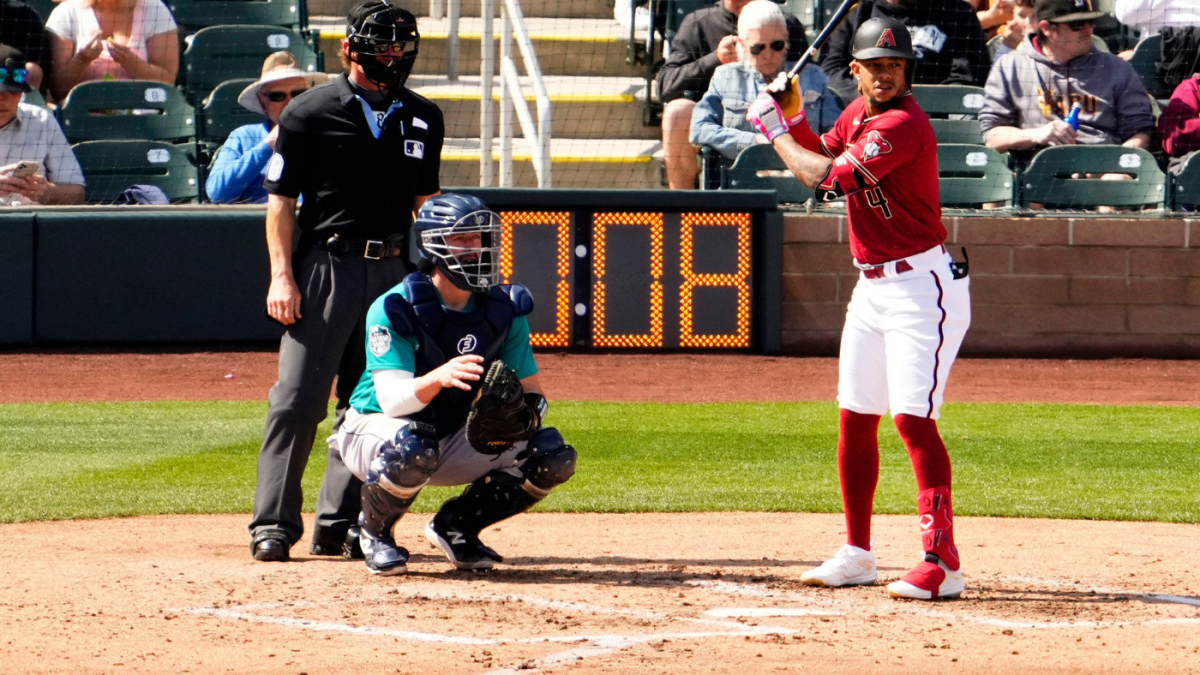MLB Changes Lead to Drastic Improvements

With two months already gone by in the MLB season, new rule changes have not disappointed in making games faster and increasing the level of action. With MLB attendance dropping in recent years, the new rules have done precisely what they were intended to do in order to bring back fans. Pitch clocks, larger bases, shift bans, and pickoff limits have significantly re-energized the game.
Last year, 9-inning games averaged 3 hours and 3 minutes. With the addition of 15 or 20-second pitch timers in between pitches depending on the situation, the games have drastically shortened. After the first two weeks of the season, game time dropped to 2 hours and 37 minutes. There have even been some sub-2-hour games, unheard of in a pre-pitch clock era.
Despite the wide praise for the pitch clock, some players have voiced potential concerns. Veteran pitchers, including New York Mets star Max Scherzer, have spoken out about how stressful the clock can be and will be even more difficult in summer games..“You gotta pitch a hot day game somewhere, and you’re at this pace … that’s going to be a lot of pitches in a short amount of time,” said Scherzer.
Stolen base attempts and success rates have also significantly increased. Pitchers are now limited to two pickoff attempts/step-offs per plate appearance unless a runner advances during the plate appearance in which case it would reset. Bases have also increased to 18 inches square from 15 inches square. Within the first two weeks, changes have already been visible. Stolen base attempts have increased to 1.7 per game which is the highest in a little over 10 years. Success on attempts also has increased by nearly 6 percent to approximately 80 percent. Both of these changes have produced much more action-filled games and activity on the base paths.
Limiting extreme infield shifts has been the final impactful rule change to the game. In past years, certain MLB hitters have been known as pull hitters meaning they often drive the ball in the direction of the follow-through of the bat. With shifts allowed in the past, these hitters have had a much harder time getting on base due to infielders shifting the way they pull the ball, leaving much fewer gaps. Banning these shifts has allowed for much more offensive production and larger gaps in the field of play. The batting average rose by 20 points and total runs per game increased in the first two weeks compared to the early parts of last year. These changes have also added to the excitement levels of games.
Overall, these changes have improved games significantly. As of April 26, MLB attendance was up 5 percent from last year and two-thirds of teams have seen their attendances rise. Not only are people going to the ballparks more due to the added excitement, but viewership is also on an upward trend. Over 100,000 more people are watching MLB on TBS telecasts this year. Despite a few hiccups, these changes have positively affected the game.